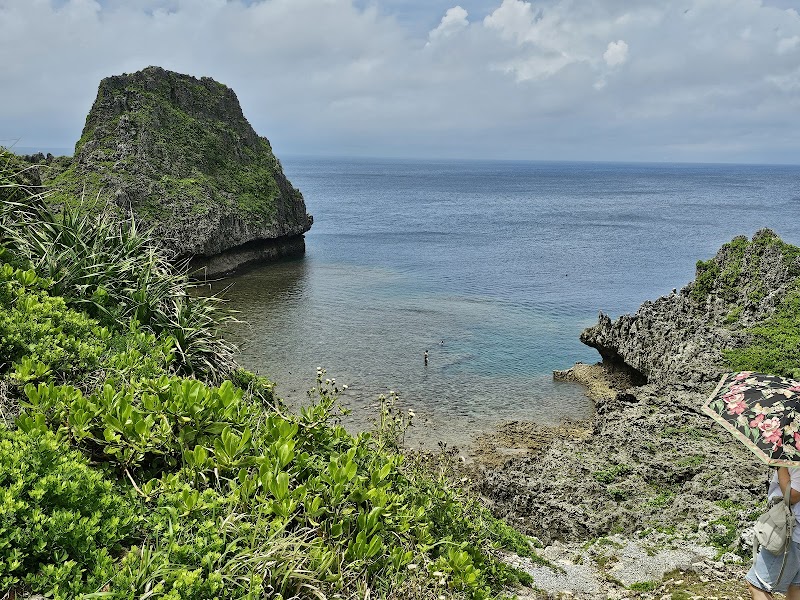
Okinawa Kaigan Quasi-National Park Adventures
Okinawa Kaigan Quasi-National Park is a coastal protected area in Okinawa Prefecture renowned for its dramatic limestone cliffs, coral reefs, and diverse marine ecosystems offering outstanding opportunities for scenic exploration and water activities.
About Okinawa Kaigan Quasi-National Park

Okinawa Kaigan Quasi-National Park stretches primarily along the northeastern coastline of Okinawa Island in Japan’s subtropical Okinawa Prefecture. The park covers rugged coastal landscapes featuring steep limestone cliffs, caves, coral reefs, and white sandy beaches. Ecologically, it supports vibrant coral communities and a variety of marine life including tropical fish, sea turtles, and migratory seabirds, as well as subtropical evergreen forests inland. The geological formations date back millions of years and create striking scenery, including notable caves and rock formations. Historically, the area reflects Okinawa's Ryukyu cultural heritage, with fishing villages and traditional ways of life still present nearby. Outdoor enthusiasts enjoy snorkeling, diving, kayaking, and hiking along coastal trails that reveal panoramic views of the East China Sea. The park also offers opportunities for birdwatching, especially for rare species endemic to the Ryukyu Islands. Notable landmarks include the impressive Hiji Falls trail near the southern section and coastal viewpoints such as the Cape Manzamou. Visitors appreciate the park for its combination of sea, forest, and geological features, making it a prominent destination for those seeking natural beauty combined with outdoor recreation in subtropical Japan.
Highlights
Dramatic limestone cliffs with panoramic coastal views
Vibrant coral reefs supporting diverse marine ecosystems
Hiji Falls trail, a popular freshwater waterfall hike
Cape Manzamou scenic lookout featuring rugged shoreline vistas
Notable Natural Features
Hiji Falls
A scenic waterfall accessible by a moderate hiking trail through subtropical forest, ending at a clear freshwater pool.
Cape Manzamou
A coastal promontory offering expansive views of the East China Sea and striking limestone cliffs.
Coral Reef Systems
Diverse coral ecosystems along the coastline provide critical habitat for fish, sea turtles, and other marine species.
